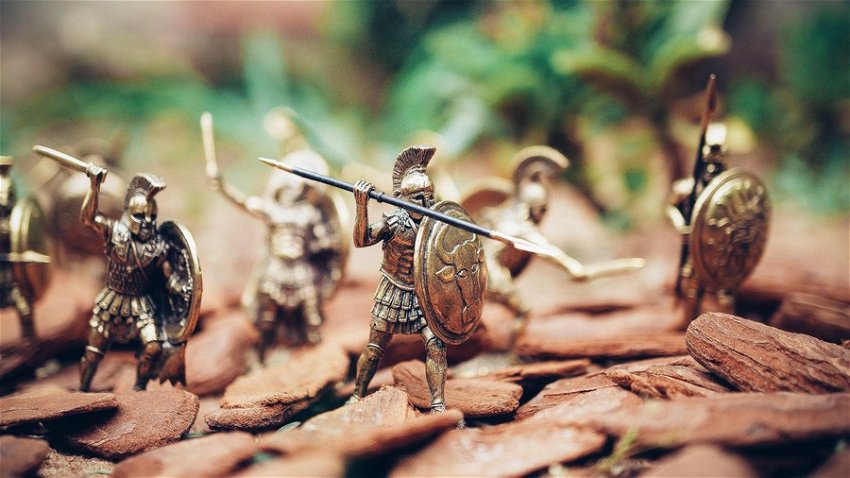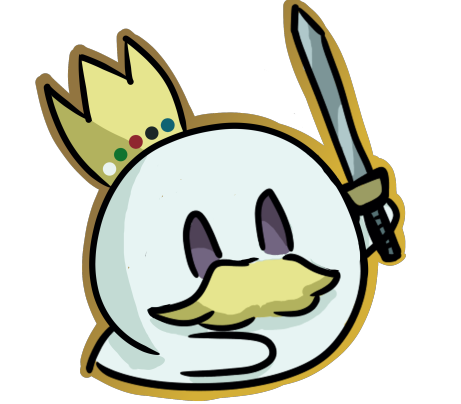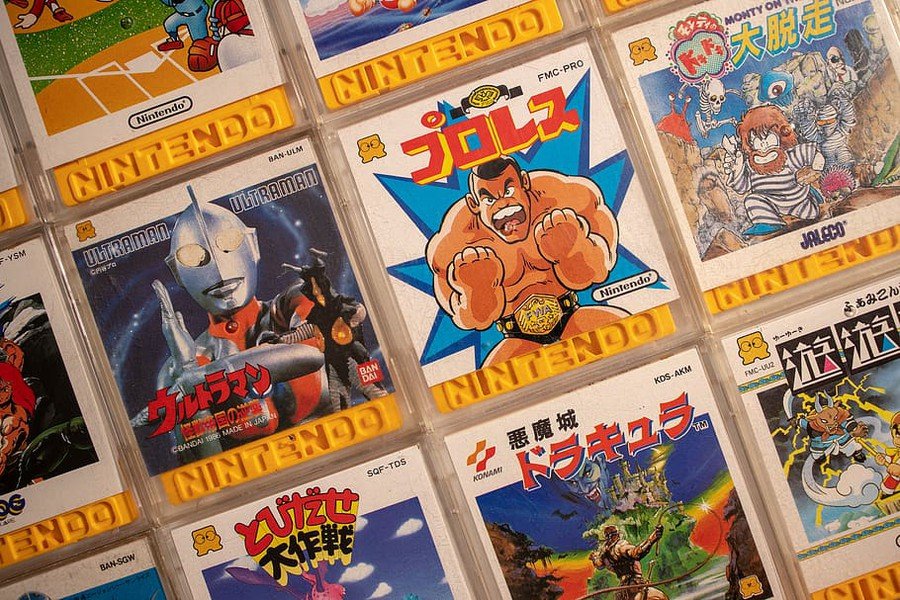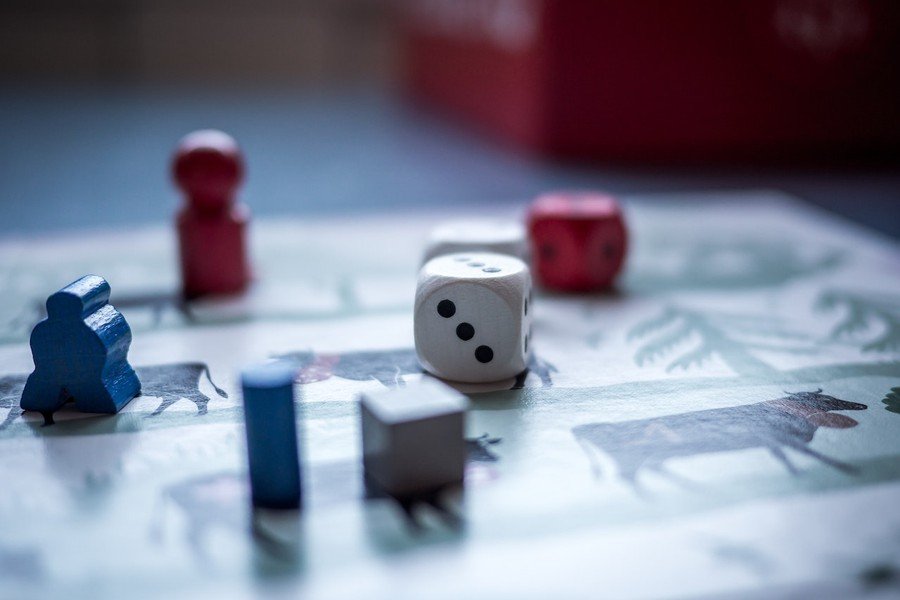If you are a miniature painter, you may be wondering if 3D printing your own miniatures is worth the time and money. Read on to learn more about the pros and cons of this DIY approach.
When it comes to 3D printing, there are two types of printers: FDM and resin. Each has its own scope and is better suited for certain applications.
The Benefits of 3D Printed Tabletop Miniatures
3D printed miniatures are a great way to add realism to your tabletop games. They are available in a variety of different sizes and can be used to represent all kinds of characters, terrains, and scenarios.
Unlike traditional plastic injection-molded miniatures, 3D printed models are much more affordable to produce. This means that smaller games companies can produce larger lines of models to use in their games.
They can also be customized by gamers or hobbyists to fit the theme of their game. This can be a great way to make your game stand out from the crowd.
Another advantage of 3D printed miniatures is that they can be easily painted. Whether you are using FDM or resin printers, a good quality paint job will make your models look great.
One of the biggest challenges with painting miniatures is that they tend to have visible lines that can be difficult to cover up. However, a little bit of sanding and a high-quality filler primer can help hide these lines.
Ad
Aside from miniatures, there are also a number of other types of 3D printed tabletop models that you can create and use in your games. These include model figurines, dioramas, landscape models, dollhouse props, and more.
There are many websites that offer 3D model files to download and 3D print. One of the best places to find 3D printed models is Thingiverse, which has more than 2 million STL files available for free download.
Another great place to find 3D printable tabletop miniatures is Cults3D, which has 4.1 million registered producers and 450,000 models. It also features a self-contained marketplace where you can find and support your favorite designers.
Also, if you want to turn a 2D model into a 3D model for a 3D printer to print it, you can find instructions on the web.
The Drawbacks of 3D Printed Tabletop Miniatures
There are some drawbacks to using a 3D printer to create tabletop miniatures. One of the biggest problems is that these miniatures can be quite expensive.They can also be difficult to work with if you don't have the proper tools or expertise to use them.
Another major issue is that these miniatures can be a pain to paint. They may have visible line layers that can be very difficult to hide with paint.
These miniatures can be very brittle and break easily when they are not cured properly. This can be a problem if you're planning on making any money from them, so it is important to cure your prints properly.
Ad
Luckily, there are some steps you can take to avoid this problem and make sure that your miniatures are as sturdy as possible.
• Try to fine tune your printer settings. This will help to ensure that your prints are as accurate as possible.
• Sand or paint your miniatures to hide any flaws.
• Choose to have your 3D print models cured by UV light or display them under the sun to achieve a high-quality cure.
Is a 3D Printer the Right Investment for You?
One of the most common questions from new 3D printer owners is, “are they worth the investment?” The answer depends on several factors. These include your interests, skills, and risk tolerance.
Ideally, the answer should be yes if you have a genuine interest in 3D printing and are willing to invest time and energy into learning how to design and use CAD software and a 3D printer. In many ways, this is akin to learning how to play a new musical instrument, and the experience of making something will probably be just as rewarding as learning the instrument itself.
But if you’re just looking to print plastic flowers or leather clothes, you might want to consider another hobby. These types of projects are likely to be time-consuming and tedious. Plus, they’re unlikely to produce anything that will ever be of value to you or anyone else.
Ad
It’s also important to remember that the materials used in 3D printing are not biodegradable and will most likely end up in landfills, so this is a negative point for environmentalists who are concerned about waste.
While 3D printers are very cheap and popular for those who want to learn to make things at home, they aren’t a good investment for those looking to turn a profit. Depending on how much effort you put into designing, maintaining and troubleshooting your printer, it could take years before you see any financial returns from your hobby.
If you’re looking to buy a 3D printer, it’s best to do your research and shop around for the best deal. This will help you make the right decision and save you money in the long run.
Final Words
There are a lot of options when it comes to 3D printing tabletop miniatures. Before you decide to 3D print a mini, there are several things you need to consider. Firstly, you need to choose the right machine. It should have good precision and layer height for fine details, as well as a reliable cooling system. It should also have a solid build platform for high-quality prints.
Another factor to consider is the size of your budget. Some printers are very expensive, but there are plenty of affordable options available. It’s a good idea to shop around before making a purchase, as you might find a great deal on a better-quality printer than you thought was possible.
Lastly, you should consider how you’re going to display your mini. Some models are best displayed on a stand, while others will look better mounted on a base or plinth. You can also paint your model and weather it to create a more realistic appearance.
The world of 3D printing is full of potential applications, but the technology is still in its infancy. The World Economic Forum (WEF) has recently released a white paper that explores how to drive wider adoption of the technology, and has issued a seven-point call to action. It is yet to be seen where the world of 3D printing is headed.
Ad






— Comments
0Be the first to comment